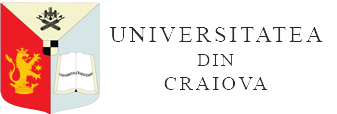ASSESSMENT OF POLYCHLORINATED BIPHENYLS LOAD LEVEL IN SOILS COLLECTED FROM RESIDENTIAL AREAS
DOI:
https://doi.org/10.52846/aamc.v52i1.1372Abstract
Polychlorinated biphenyls (PCBs) are listed as a class of Persistent Organic Pollutants (POPs) under the Stockholm Convention. PCBs represent a threat to human health and environment because of their toxicity, persistence, and tendency to bio-accumulate at the top of the food chain. Additionally, some PCBs are suspected carcinogens. Because of their chemical stability and their excellent electrical insulation and thermal conductive properties, PCBs have been used in widespread industrial, commercial and domestic applications. The aim of this study is to establish the load level of these compounds in soils from residential areas. The soil samples were collected from gardens, parks and households located in Bucharest. The interest compounds (PCB with IUPAC number 28, 52, 101, 118, 138, 153, 180) were extracted from soil with organic solvents (hexane: acetone = 1:1) and analysed by gas chromatography with electron capture detector. The analytical results show that the most abundant compounds were those with a high degree of chlorination. The total content of PCBs ranged between 0.0004 mg/kg and 0.028 mg/kg, so values of concentration that are not exceed the alert threshold (0.25 mg/kg).


